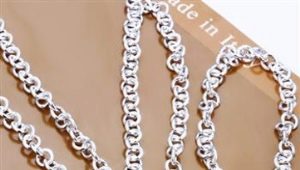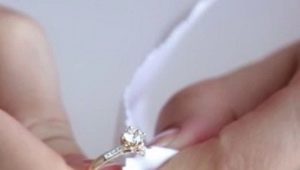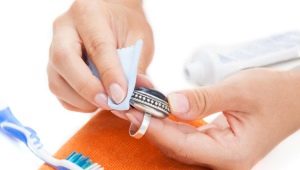How to clean brass at home?
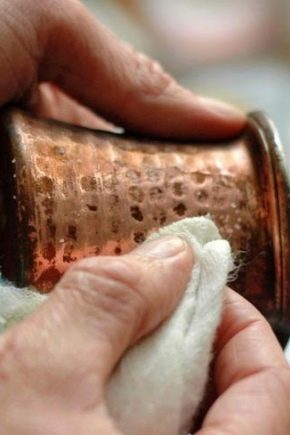
People have been using brass since ancient times. It is distinguished by ease of care, attractive appearance and ease of processing. Dishes, interior items and decor are made from this alloy. In our article we will talk about ways to clean brass products.
Chemical composition
The structure of the alloy includes two elements - copper and zinc:
- Copper. This element belongs to the class of native minerals. Differs in plasticity and availability. This metal is among the first seven types of metals that have been known since antiquity.
- Zinc. The metal has a silvery-white color and has been known since ancient times. The substance received its modern name in the 20s. the last century. The chemical properties of a metal include brittleness and ductility. When exposed to air, zinc tarnishes, but at the same time it is resistant to corrosion.
In the combination of two metals, copper dominates, while zinc complements the composition. According to its technical characteristics, brass is identical to bronze. Malleability, resistance to corrosion and mechanical stress make the alloy unique. Sometimes other metals are added to its composition: tin, aluminum or iron.
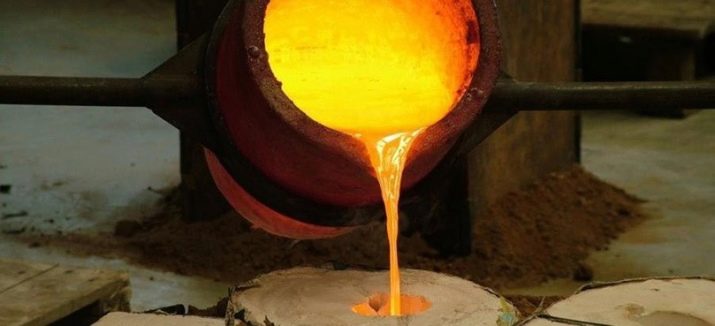
Brass stands apart from other metals, despite the fact that it can easily be classified as a class of bronzes, because their compositions and properties are identical. Its color depends on the concentration in the composition of zinc and can vary from greenish to gold. A feature of brass is that this alloy does not have magnetic properties. To check whether it is a brass alloy, it is enough to bring a magnet to it. If it does not succumb to magnetic influence - in front of you is a brass product.
Excursion into history
This unique material was already known in the Roman Empire. It was then that the production of brass alloys began. They were classified as precious materials, which were in third place in terms of value. The first two places belonged to gold and silver. Then brass became widespread in the East, in Asia Minor and in the North Caucasus. Travelers, following the Silk Road, could purchase this outlandish alloy, supplied from Asia Minor.
For the first time, a brass alloy was obtained in England by combining copper and zinc. This production method was patented in the 18th century by Jameson Emerson. In Russia, as in Western Europe, brass played the role of counterfeit gold.
In Russia, this alloy was used to make various jewelry: earrings, beads, amulets, medallions, bracelets, rings. They were subjected to silvering, blackening, covered with gilding, which made jewelry beautiful works of art.

Brass jewelry to this day is distinguished by sophistication and originality. It is used to create vintage-style jewelry, which is distinguished by its unique design and extraordinary durability. Due to the heat capacity of brass, samovars were made.They were distinguished by their spectacular appearance, and even heating and the ability to retain heat for a long time made brass samovars an indispensable attribute of tea drinking in Russia.
Orders and medals, church household items, pectoral crosses - this is not the whole list of brass products. Malleability and the lack of the ability to radiate magnetic attraction made this material ideal for the manufacture of household items, accessories and utensils.
Ways to eliminate pollution
Like any other material, brass is susceptible to contamination, and over time it can lose its original appearance and fade. In order for products from it to please with their original appearance for a long time, it is necessary to carry out proper care for them.
Ways to return brass products to their original form include:
- chemical;
- folk remedies.

Chemical method
Cleaning products with various chemical composition solutions has become widespread, because this method is fast and not laborious. The main criterion for choosing a chemical cleaning agent should be its gentle effect on the brass product. Chemical cleaning options include:
- oxalic acid;
- formic acid;
- acetone;
- professional cleaners.
Oxalic acid is often used as a delicate agent that can restore the original appearance of the alloy. Along with this, any product used in everyday life and containing acid can be used to remove contaminants from brass products. It is important to pay attention to the other components that make up the cleaning agent.

Formic acid is no less effective than oxalic acid, but has a more gentle effect.This reduces the risk of damaging the product. For this, it is preferable to choose a 30% acid solution.
Also common acetone, it easily and as quickly as possible returns the original shine to your product and removes stains of oxides. To do this, it is enough to moisten a cotton swab in acetone and wipe the product. This method is ideal for returning the original look to products that require a delicate attitude: jewelry and rare items.
Professional cleaners. The advantages of this cleaning method include the fact that their composition is specially designed for brass products. The risk of damage to the product is minimized when cleaning with professional products. Detailed instructions tell you how to correctly carry out the sequence of actions and get an excellent result.
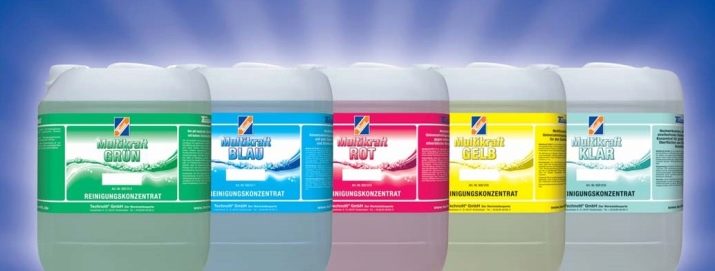
Folk recipes
Brass is an ancient material, thanks to which many effective folk recipes have accumulated that can restore the original appearance of products made from this alloy. Folk methods are distinguished by their cost-effectiveness and the ability to care for brass products with the help of improvised means that can be found in the house of every housewife. The result of the efforts made will be the return of the product to its original yellow hue and unique brilliance, which occurs only in products made of brass.
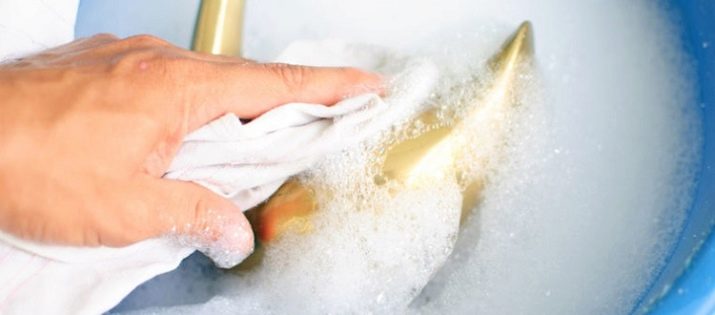
Common and simple ways to remove contaminants from brass products include the following recipes:
- acetic-salt solution;
- use of sour dough;
- cleaning with lemon
- the use of abrasives.
Vinegar-salt solution. To use this method, it is necessary to dissolve a little salt in three liters of water by adding half a glass of vinegar to the resulting solution.Bring the liquid to a boil, then put a contaminated brass object into it. Continue boiling for four hours, adding water periodically. Thanks to this method, all impurities will disappear, and the bright shine of the product will return.
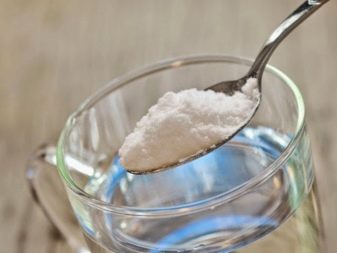
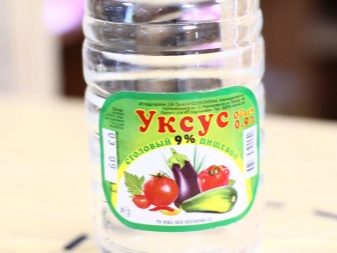
Use of sour dough. To prepare the mixture, you need to mix one glass of flour and the same amount of vinegar and water. The resulting composition should be coated with a brass product in the most contaminated places, then allowed to dry and polished with a soft cloth.
Lemon cleaning. A simple and effective recipe is as follows: cut the lemon into slices, salt liberally and wipe the contaminated places on the brass product with them. Even the strongest pollution will not resist under this influence, and the radiance of the product will return again.
The use of abrasives. These include brushes and hard paper. After rinsing the product in a soapy solution, the contaminated areas must be smeared with toothpaste, and then cleaned with a brush.
In case of strong oxidation, and also if the product does not require a delicate attitude, sandpaper can be used. This method is ideal for cleaning brass grates.
These recipes are able to restore the appearance of the product as quickly as possible and do not require significant financial investments and labor costs.
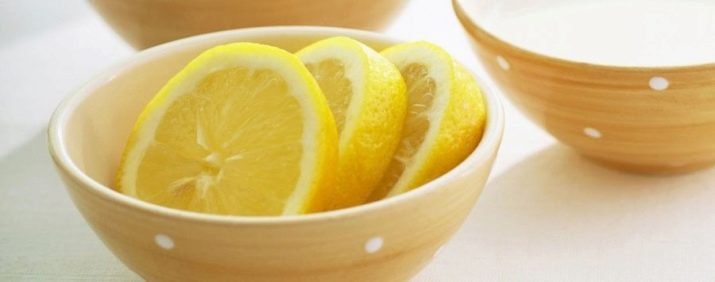
Preparing for cleaning
First you need to make sure that you really have a brass product in front of you. This can be done with a magnet. If there is a need to clean rare items, you need to evaluate how important it really is. After all, a product slightly touched by many years of patina has its own charm, removing which the external attractiveness of the object will also be lost.Before cleaning such products It is recommended that you first contact an antique dealer.
If you are sure that the product really needs cleaning, you must first wash it in a soapy solution - dissolve a teaspoon of detergent or liquid soap in a liter of water, leaving the contaminated item in the solution for an hour. Then wipe with a soft cloth and wipe dry. In this way, part of the plaque can be removed.

Precautionary measures
Compliance with these rules will help not to spoil your favorite brass product in the process of caring for it:
- do not use professional cleaners for varnished products;
- for rare items, it is not recommended to use abrasives and hard brushes for cleaning;
- to select the optimal method for cleaning the product, it is necessary to conduct preliminary testing on a small area;
- make sure that there is no varnish on the product.
It is important to remember that if you are the proud owner of a brass item with a history, before using any of the above methods, you should contact an antique dealer for professional advice.
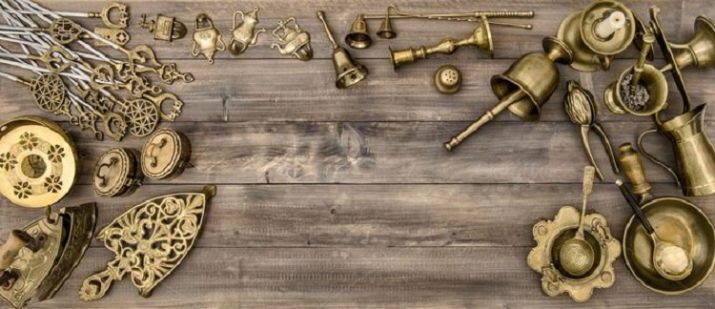
How to remove varnish from a product?
All modern brass products are coated with a protective layer of lacquer that prevents oxidation, retains shine and prevents contamination. During operation, the varnish layer may crack, and a dark coating forms under it. There are several effective ways to remove varnish from the surface of the product:
- washing with hot water;
- boiling;
- use of special solutions.
Washing with hot water. Hot water can expand metal. After the product has been under a stream of hot water for several minutes, the varnish will come off easily.This method is one of the most gentle and safe.
Boiling. It is important to pay attention to the choice of a pot for boiling a brass product; aluminum should not be included in its composition. The entire process should not exceed three minutes.
The use of special solutions. The above methods may not help if the coating is old. Then you will need to buy a cleaning solution in a specialized hardware store.
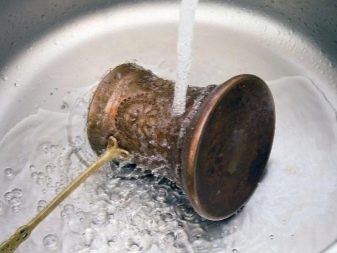
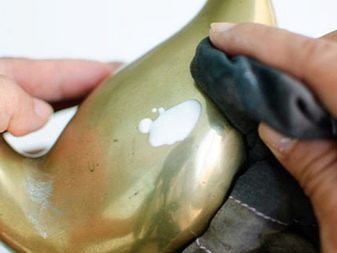
Material polishing
Sometimes cleaning of the product is not required, but its appearance loses its luster. In this case, polishing a brass object will help. Metal polishing methods include:
- Polishing with a specialized tool. The composition of commercially available products is environmentally friendly. They remove traces of oxidation and pollution well and do not require much labor in the process.
- Polished with lemon juice. To use this method at home, you need to cut a lemon into two parts and squeeze the juice from one half. Add a tablespoon of baking soda or salt, mix thoroughly. Apply the resulting mixture to the product and polish with a soft cloth.
The listed recipes for the beauty of brass products will help to carry out thorough care and maintain their unsurpassed appearance. The oxides on the outside of the brass will disappear for a long time.

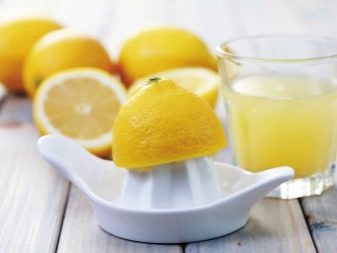
For information on how to clean brass with citric acid, see the following video.






















